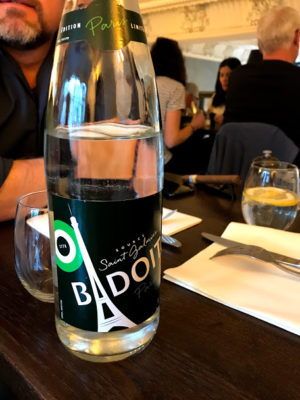
5 Things Americans Find Unusual in Europe
One of the great benefits of travel is experiencing new things. New food, new customs, new people, new geography, new ways of navigating through life.
But some new things you encounter may surprise or even dampen the spirits of unprepared travelers. We can all become creatures of habit and prefer staying snug in our comfort zones. Traveling to new lands gives you an opportunity to get a little uncomfortable and see how others live!
With an open mind and a little forewarning, you can embrace the fact that not everyone does things as we do in America.
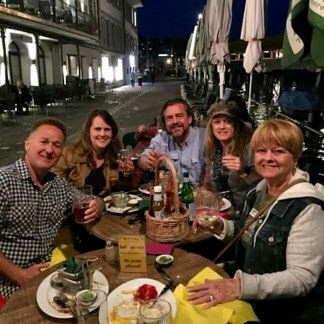 If you are heading overseas, you have probably already considered the fact that not everyone will speak English, another form of currency is used, and even the measurement system is different. But there will likely be lots of little differences you will also encounter along your journey.
If you are heading overseas, you have probably already considered the fact that not everyone will speak English, another form of currency is used, and even the measurement system is different. But there will likely be lots of little differences you will also encounter along your journey.
Having just returned from my 4th trip to Europe, I identified many common practices in Europe that Americans may find peculiar. I believe these differences can best be navigated if you have appropriate expectations.
I hope by sharing these cultural differences it will help prepare you to get out of your comfort zone and embrace the European lifestyle, if only for a week or two! Then you can return to America with a newfound respect for the creature comforts you once took for granted.
1. Beverages and Ice (or lack thereof)
Water
In Europe, waiters will not automatically bring water to your table as they do in most American restaurants. If you ask for water they will likely bring bottled water, rather than tap. And they will probably pose the question “Sparkling or Still?” Many Europeans drink sparkling water, so if that is not your cup-of-tea, be sure to specify still water, and be prepared to pay for a large bottle that can be shared with others at the table.
Of course, it’s important to stay hydrated while wandering through quaint towns or touring historic museums. Most towns have plenty of small grocery and convenience stores where you can purchase whatever variety of bottled water suits you.
Soft Drinks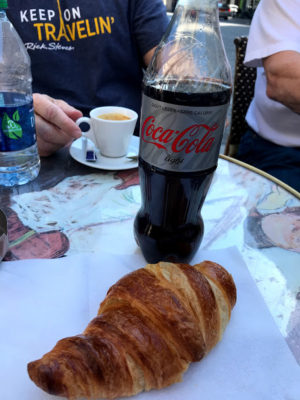
It is safe to say that I am a Diet Coke addict. Preferably a fountain Diet Coke from McDonald’s. And while it is possible to find McDonald’s in Europe, that is hardly why I make the trip across the pond!
A few things I have noticed about soft drinks in Europe:
- Fountain drinks are uncommon.
- There is no such thing as a free refill.
- Drinks sizes are much smaller…no Big Gulps in Europe!
- McDonald’s is VERY expensive in Europe compared to the United States.
- In most cafes and restaurants you will pay more for a soft drink than a glass of wine. I say drink wine!
If you need to get your caffeine fix, your best bet is to pick up bottled soda at the readily available grocers and convenience stores.
Ice
Ice is something you likely won’t see much of in Europe. Given that the water and soft drinks your waiter brings will often come in a bottle, ice isn’t seen as a necessity. Even if a drink comes with ice, there likely won’t be very much.
If you prefer your drinks heavy on the rocks, ask politely for extra ice. Or simply embrace a slightly less chilled version of your favorite beverage.
Coffee
I’m not a coffee drinker myself, but I travel with one! While it doesn’t seem very European, you can find Starbucks in many European cities, especially the touristy ones.
Sometimes you just need a good cup of coffee to start a jam-packed day of sightseeing. So don’t deny yourself!
Grabbing a Starbucks every now and then doesn’t make you any less of a world traveler.
But you should also check out the cafe scene. For that, you will want to be savvy about ordering your hot beverages. Simply asking for coffee will likely get you a teeny-tiny cup of bitter espresso. If you are looking for a more Americanized version of java, try ordering a Cafe Creme or Cafe Americano and add cream or sweetener to your liking.
Travel guru, Rick Steves, offers some great tips on ordering various drinks in Europe.
2. Dining
Anyone agree with me that one of the highlights of most vacations is the food?!
Europe offers some top-notch culinary delights. To best enjoy your travel experience, it helps to understand common dining practices in Europe.
There is no such thing as “churn and burn” in European restaurants. Your waiter will not be hurrying you along so he can re-seat the table. The exact opposite is true, as you will likely have to flag him down to get your bill.
In general, Europeans tend to eat their meals later than the customary American meal times of noon and 6 pm. They also prefer to linger with long lunches, and they truly embrace the dining experience. This is part of the cafe culture in Europe, and you should definitely give it a try!
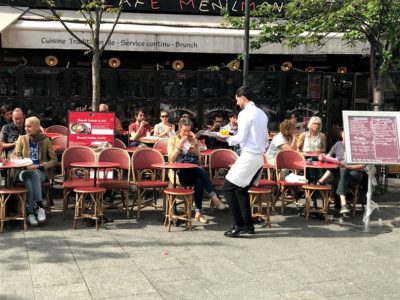
Mealtime is not just about filling up on tasty treats, it’s also about people watching and enjoying the company of others. Most outdoor cafes are set up with the chairs facing out to the sidewalk rather than facing each other. This aids in people watching!
Generally, waiters are paid a good wage and tipping is not customary, although adding a few extra coins for good service is always appreciated.
Unlike in America, you will also notice that tax is not added to your bill (in restaurants or stores) so you know exactly what your meal (or purchase) will cost without needing to figure in tax.
3. Restrooms
One thing that stood out to me on this trip…rough toilet paper. There was no two-ply, quilted Charmin to be found!
I found this to be the case in hotels, gas stations, and fancy restaurants alike. It may have to do with the fact that many old buildings also have old plumbing and it’s best not to clog up the pipes with bulky toilet paper. That’s just my best guess! I can definitely say I used far fewer squares than I do at home, so they may be on to something!
It can also be difficult to find a public restroom in many European towns. You will likely find yourself paying to use the toilet from time to time.
When you gotta go, you gotta go! Even if it costs a euro!
Your best bet is to use the restroom when you are dining or once you have paid to enter a museum. Even then you may need to ask or get an access code to use the facilities as they can be somewhat hidden.
You may even find a strange looking contraption in the restroom that looks a bit like a second toilet without a lid. Much more common in Europe than they are in America, a bidet is used to clean your nether regions.
I personally bypass this European custom, but if you’re feeling it, give the bidet a whirl!
4. Accommodations
While you can find modern, high-rise Americanized hotels in Europe, I urge you not to miss out on the characteristically charming accommodations found in nearly every town.
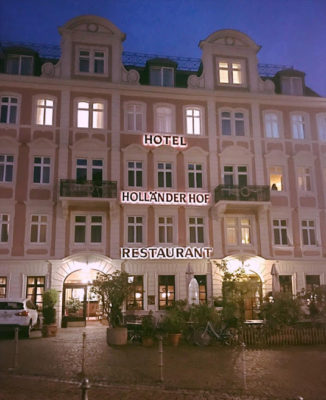
Pictured above is the fabulous hotel we just stayed at in Heidelberg, Germany. Location is one of the most important factors when it comes to choosing accommodations and this one was in the heart of Heidelberg’s activity.
Most historic European hotels have been updated and offer modern en-suite bathrooms (no more communal restrooms!). Yet they still retain their charming lobbies, staircases, and decor.
Many hotels do provide high tech heating and cooling systems, yet open windows and fresh air are often the default during temperate seasons. If lack of AC makes you a cranky traveler, then be sure to ask if the cool air will be flowing at the time of your trip before you confirm your reservation.
Not all hotels have elevators, so be sure to confirm this before booking if stairs are a challenge for anyone in your group. For those hotels that do offer an elevator, I have found them to sometimes be comically small or very slow. I generally opt to take the stairs when I’m on the way down and utilize my patience when taking the elevator up to my room after a long day of sightseeing.
Remember how I mentioned ice isn’t very common in Europe? That goes for hotels as well. Don’t count on taking an ice bucket down the hall to fill it up at an ice machine as you likely won’t find one.
Another custom we encountered at several older hotels was the request to leave our hotel key at the front desk every time we stepped outside. Many hotels still use an actual key rather than an electronic swipe card, and this helps ensure one-of-a-kind keys aren’t lost. On a previous trip to Venice, our room key was attached to a very big and heavy medallion. This helped me honor their request to leave it at the front desk as I wasn’t about to carry that extra weight through the streets of Venice!
Another great option if you want to live like a local is Airbnb. You can find affordable accommodations all over Europe through Airbnb and you’ll get more space to spread out than in a hotel. The apartment or house you rent will likely include a kitchen, but don’t assume it will include a massive American sized fridge or stove as those are less customary in Europe, especially in cities.
5. Transportation
While some parts of the United States have good public transportation, it is rather lacking in my state. So when in Europe I relish the opportunity to try lots of different forms of transportation.
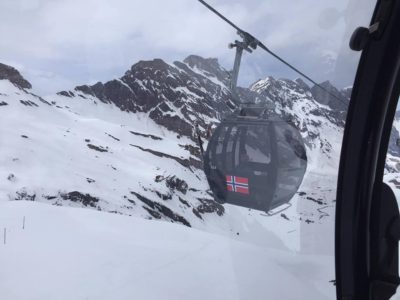 On our recent trip, we traveled by airplane, boat, subway, rental car, Uber, funicular, alpine gondola, bus, and a 365-degree rotating gondola. If we could have figured out the app in Paris a bit sooner we would have added electric scooter to that extensive list!
On our recent trip, we traveled by airplane, boat, subway, rental car, Uber, funicular, alpine gondola, bus, and a 365-degree rotating gondola. If we could have figured out the app in Paris a bit sooner we would have added electric scooter to that extensive list!
Even with all these high-quality transportation options, my preferred way to get around is on foot. You see so much more when you leisurely stroll the streets of an unfamiliar town. And getting lost can be fun when you have Rome2Rio or Google Maps at your fingertips to find your way back.
Pack comfortable shoes and your Fitbit as you will likely track a large number of steps, which helps offset all the pastries, macarons, and gelato you simply must try!
The one form of transportation that worked exactly as it does in the U.S. was Uber, and it was a godsend when our feet were aching and our itinerary was tight.
In general, personal vehicles are much less common in Europe and I’ll admit that our rental car was my least favorite form of transportation. And that’s not solely due to the fact that they didn’t provide the full-size van we reserved and had to cram 6 people and all our luggage in a too-small vehicle!
If you do find yourself driving in Europe, you’ll likely need to be competent at operating a stick shift (which I am not), as automatics are less readily available.
Of course in some countries, the steering wheel is on the opposite side of the car, and you drive on the other side of the street. I am definitely not up for driving in those countries! Just walking in London I about got hit by several buses as my natural inclination was to look the wrong way for oncoming traffic!
It is helpful to learn a bit about road signs before driving in a foreign land, and be sure to know and follow the speed limits. While some highways may have no speed limit at all other areas have strictly enforced ones. And you may get a speeding ticket in the mail weeks later along with a photo of you during the infraction…just ask my husband!
Ready to Cross the Pond?!
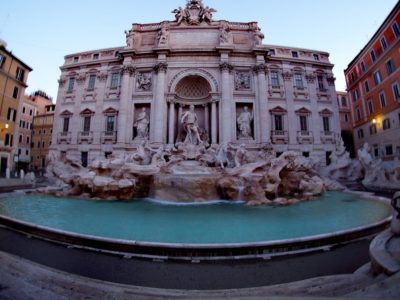
Now that you are a bit more savvy about traveling to Europe and know what to expect, it’s time to start planning your next adventure!
Don’t let the differences scare you off…embrace the uniqueness of other cultures. And keep in mind that we are all just humans trying to navigate our way through this crazy life, no matter what language we speak, the foods we eat, or how we dress.
Have you noticed other differences between traditional American and European ways of living? Comment below and fill me in. I love hearing about the travel experiences of others, and it helps me prepare for the next excursion. And let me know what European cities are next on your travel bucket list!
 Wherever the road takes you, make it a joyous journey,
Wherever the road takes you, make it a joyous journey,
Traveling Tanya
P. S. Want to join Traveling Tanya’s Tribe?! Subscribe to my email list (at the top of the screen) and never miss any of my exciting excursions and travel tips!
Pin It For Later!!
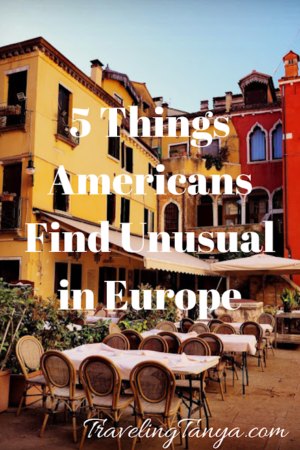
Photo credit to Jose Almodovar



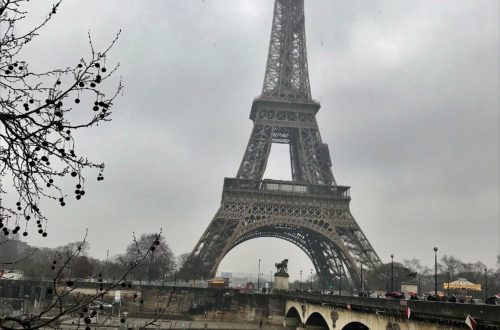
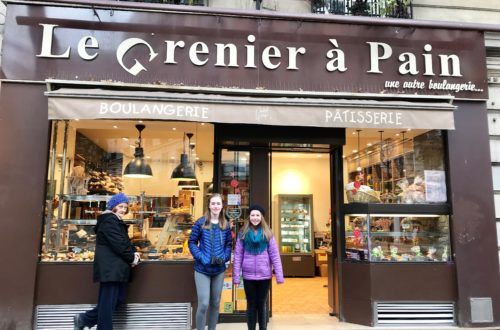
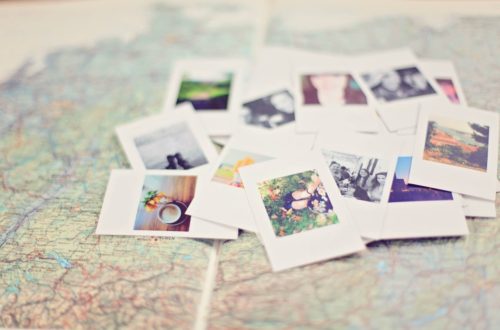
One Comment
Clara
I didn’t even think about the toilet paper thing! haha One thing I noticed is that… no I think you covered it haha